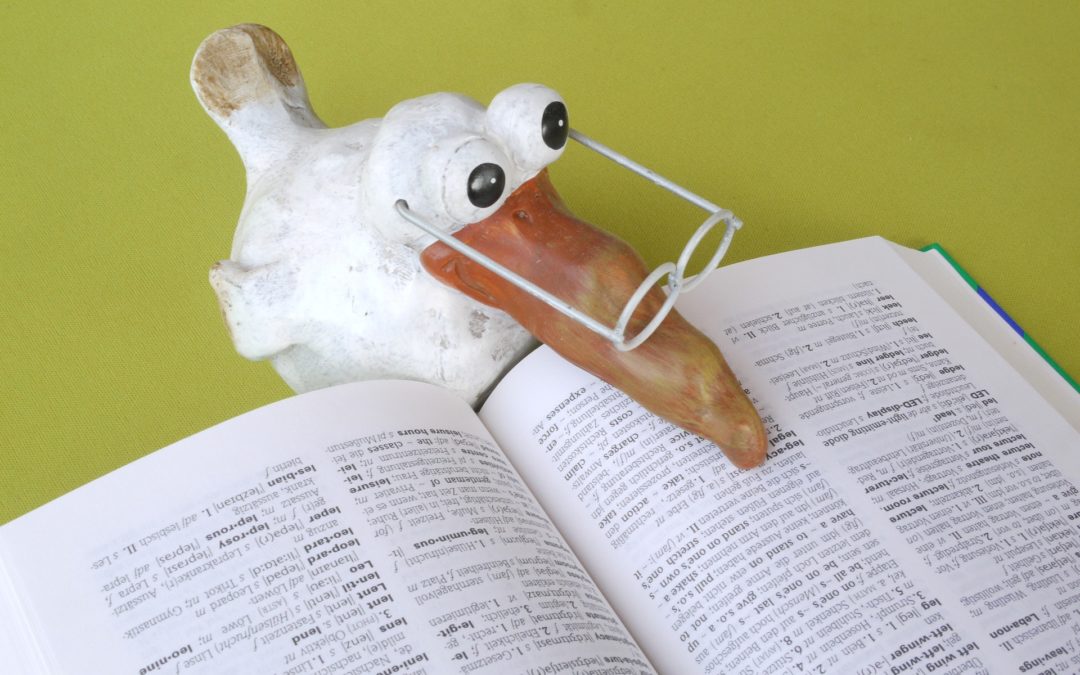If you’ve been following our blog, you may have noticed that we’ve covered this topic before. It’s true. But, in our defense, it’s also a pretty common question. Some of our customers have spent hours trying to understand Utah’s meth laws. And, in the end, they find more questions than answers. Luckily, we’re here to help it all make sense.
So, hold onto your monitors for some exciting stuff! (Or your laptop stands…or phones. We’re electronically inclusive here). Because we’re about to dive into the ever-fascinating world of state requirements.
A Bit of History
As a society, meth has been on our national radar for some time. It was invented in the late 1800s, used in World War II to keep troops awake, and outlawed in America in the 1970s. Over the years, we’ve learned a lot. We know more about what meth does to the brain, body, and our homes.
In 2007, the federal government passed the Methamphetamine Remediation Research Act. The purpose of this act was threefold. First, to identify the best way to restore properties. Second, to understand the consequences of residual exposure to meth. Third, to provide voluntary guidelines to the states. However, due to various funding issues and political hoo-ha (we won’t go into that here), they haven’t completed the majority of their goals. So, as things currently stand, states have to use their best judgment to make their own laws.
See? Exciting, right? No? … Just us then?
Utah Regulations for Decontamination
Utah happens to be one of the states requiring decontamination. (Well, at least when properties test above the state standard). In fact, our state provides a lot of guidance on how to handle meth and hazardous materials. There are several laws, codes, and specific training for each step of the process. Naturally, we can’t discuss all of that here. Still, we want you to have an idea of what to expect. So, without further ado, here are a few of Utah’s meth laws for your home.
- Utah’s standard for contamination is 1.0µg/100cm².
- Tests submitted to the health department must be NIOSH 9111 complaint.
- Owners are responsible for their properties. They must ensure their property meets state standards, regardless of who contaminated it.
- During decontamination, residents must vacate the premises.
- To begin decontamination, certified decontamination specialists must complete an assessment and submit a report to the health department. They must also conduct an exit assessment after the work is done.
- Throughout the process, each worker must respect Utah’s Administrative Code. This means understanding and following specific guidelines. For instance, this includes knowing how to identify and dispose of hazardous substances.
- Utah health departments maintain public lists of contaminated properties. The state will only remove a property from these lits after a certified decontamination specialist submits a report. Naturally, that report must indicate that the property tests at or below the state standard.
Of course, many of these examples include much greater detail. The Utah administrative code is reasonably specific. It even tells us the type of gauze we use (such as in initial testing), or how thick the plastic should be that covers noncontaminated materials.
There are also other laws related to disclosure. These dictate who must report a contaminated property, as well as protocol for selling a contaminated home.
In Conclusion
As you can see, there’s a lot to know. But that’s why we’re here. We’ve mastered this process, so you don’t have to do this alone. Our training prepares us to handle these situations and do the job right.
If you have questions about your local requirements, check with a specialist in your area. Utah residents, call us to find out what our certified knowledge can do for you: 801-888-6698.
Image by MonikaP from Pixabay

